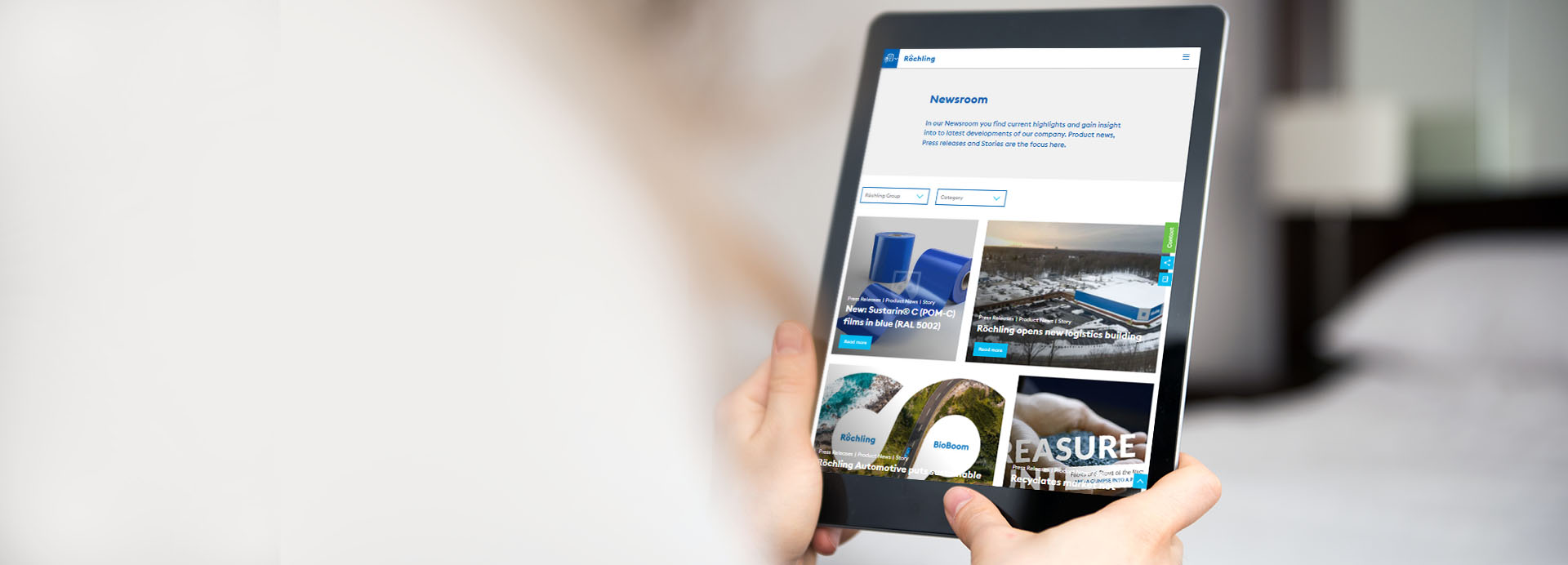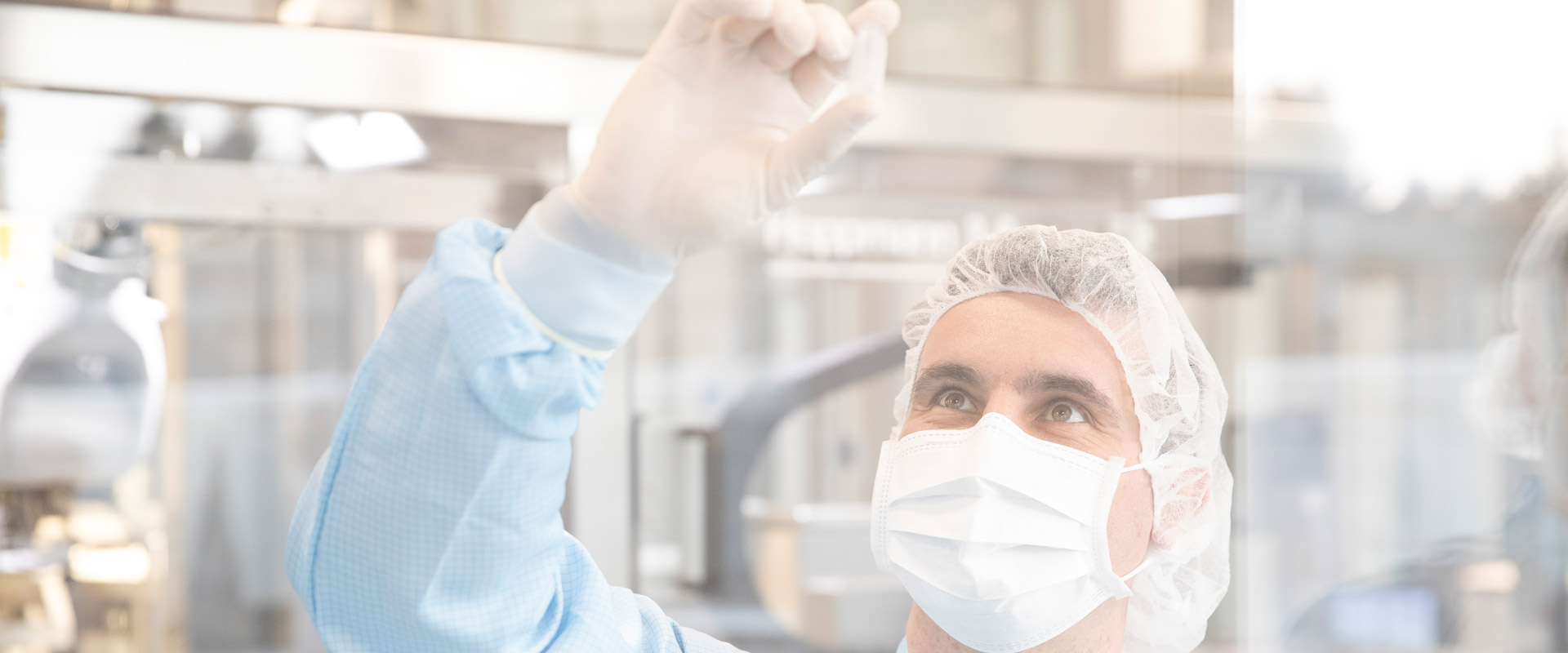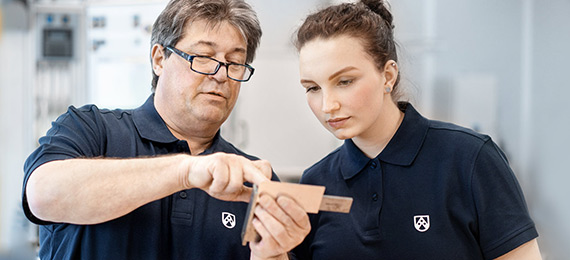It’s time for real time
It can sometimes take a long time from diagnosis to therapy. But there are many medical fields where this will change in the future. With closed-loop systems, diagnosis and therapy take place in immediate succession and almost automatically – without us noticing much of it.

The mills of medicine grind slowly? Not for much longer! Nowadays, the situation is usually like this: You go to the doctor, who takes blood, sends it to the laboratory and refers you to other doctors for further examination. A few weeks later, you go back to the doctor and find out the results and what needs to be done. And then, eventually, you do it. This concept – understanding the problem (diagnosis) and then solving it (therapy) – is basically good and has proven effective. In many cases, however, it simply takes a very long time in practice. What if the two were directly coupled? And without it really interfering with our lives?
“Medicine is well on its way to reaching that point, and in some cases it already has,” says Sebastian Koller, Head of Innovation and Product Development at Röchling Medical Waldachtal. The ultimate goal is to create closed loops to make life easier for doctors and patients alike. In a closed loop, diagnostics and therapy are digitally linked with each other.
Plastics offer many advantages in the development of biosensors
However, a number of challenges have yet to be mastered: “We’re trying to find ways to protect the patient from the electronics and at the same time the electronics from the human bodily fluids,” says Koller.
Experts at Röchling are therefore conducting research into implantable biosensors and next-generation plastic products that hardly cause any rejection reaction or immune response in the body. Plastics, the core business of the Röchling Group, offer an especially wide range of possibilities here: “You can basically shape plastic any way you want. That’s a huge advantage,” says Koller.
Basically one step: measuring blood sugar and injecting insulin
An example from the field of diabetes: Currently, patches are being developed whose tiny needles penetrate the skin and are capable of measuring blood sugar as well as releasing insulin. In a closed loop, both processes would run automatically in response to each other: The patch measures the blood sugar level, evaluates it and injects the appropriate amount of insulin.
To ensure that a closed loop functions reliably and smoothly, a number of modern components are needed. “It all starts with good sensor technology: temperature sensors, position receptors, light and color sensors. The choice is virtually endless and can be adapted to the application,” says Koller.
But sensors alone do not provide treatment. That is why communication between the various components is crucial, with everything from cables to wireless data transmission currently being tested. The right material plays a decisive role: “We’re doing research on sensors and plastics that the body doesn’t recognize as foreign,” Koller relates.
Bed pads measure pressure load. Diapers indicate when they are full.
But a closed loop does not always have to take place directly in the body.There are also bed pads with electronic sensors that measure the pressure exerted by the patient on a particular part of the bed. If the patient remains in the same position for a long time or if the pressure is badly distributed, changing the bed pad – e.g. by means of air padding – ensures that the patient does not suffer bruises or even open wounds such as pressure sores while lying in bed.
Countless possible applications are being tested at present. “In the field of minimally invasive surgery, for example, research is being carried out to create profiles of patients that evaluate how they move, what their vital parameters are and what specific characteristics they have so that the subsequent therapy can be adapted to the patient,” says Koller. And for the areas of paediatrics and geriatrics, diapers are being developed that set off an alarm when they are full.
Of course, it is also conceivable that the data collected by a sensor is transmitted directly to the clinic or doctor via the Internet. “Basically, that’s a great idea, which may well become established at some point. At the moment, however, the danger of misuse still outweighs the direct benefit for the patient,” says Koller. Consequently, there is still little willingness on the part of those concerned to consent to the transfer of personal data. In most cases, this is not necessary anyway if the entire loop is self-contained and there is no need for a control authority such as a clinic or a doctor.
Patients who have too little oxygen automatically get more
One example is the monitoring of oxygen saturation. In intensive care units at hospitals, the oxygen saturation can be measured continuously via a sensor on the finger. The results are then evaluated directly and converted into corresponding instructions for the oxygen device, for example to give the patient more oxygen when needed. Oxygen requirements and oxygen supply are thus self-regulating, without patients, nursing staff or doctors having to constantly monitor them.
Closed loops make things a lot easier for patients – not only because they’re treated faster, but also because the process often runs automatically without requiring much action on their part. And their quality of life is improved because they have to make fewer visits to the medical office. As a result, closed loops also relieve the strain on doctors, who thus have more time to deal with their patients – and not just with their illnesses. There are also signs that closed loops are beneficial with respect to therapy success and quality of life. This is no wonder, really, since diagnosis and therapy are two things that clearly belong together.





